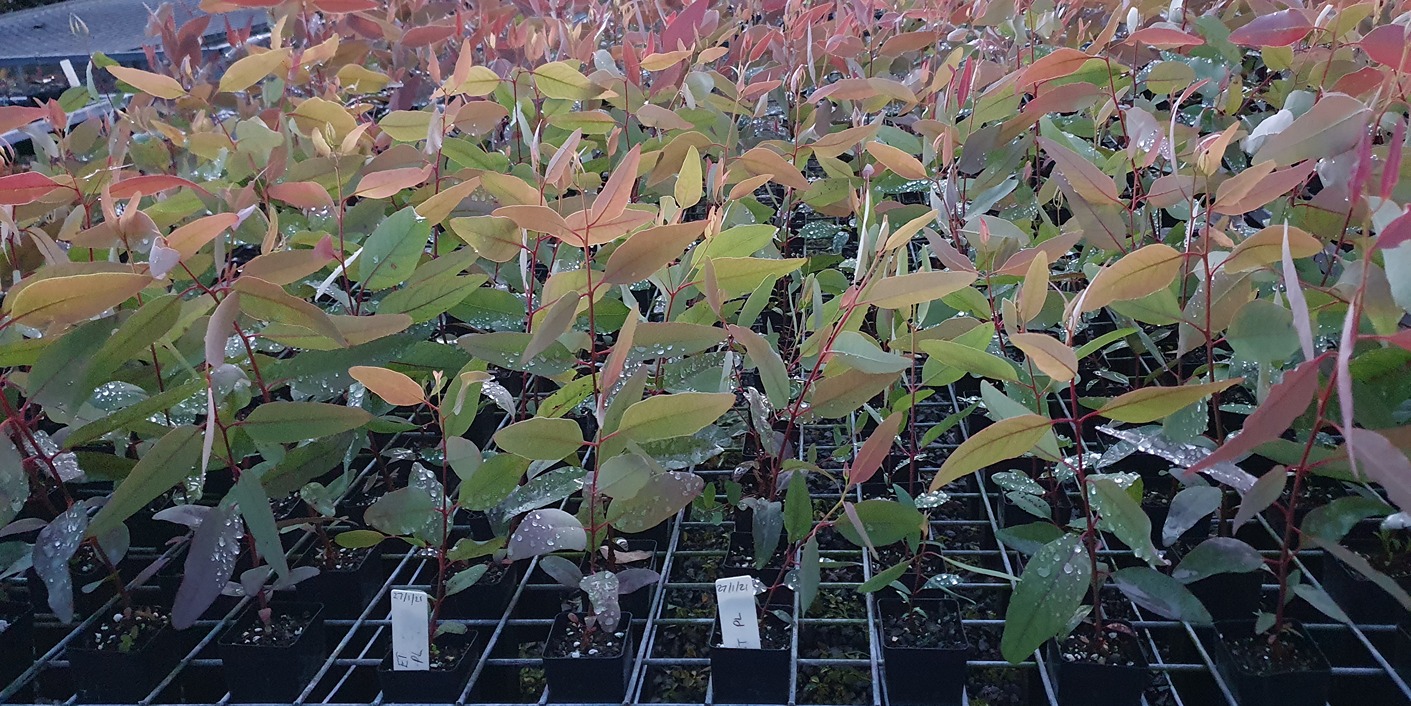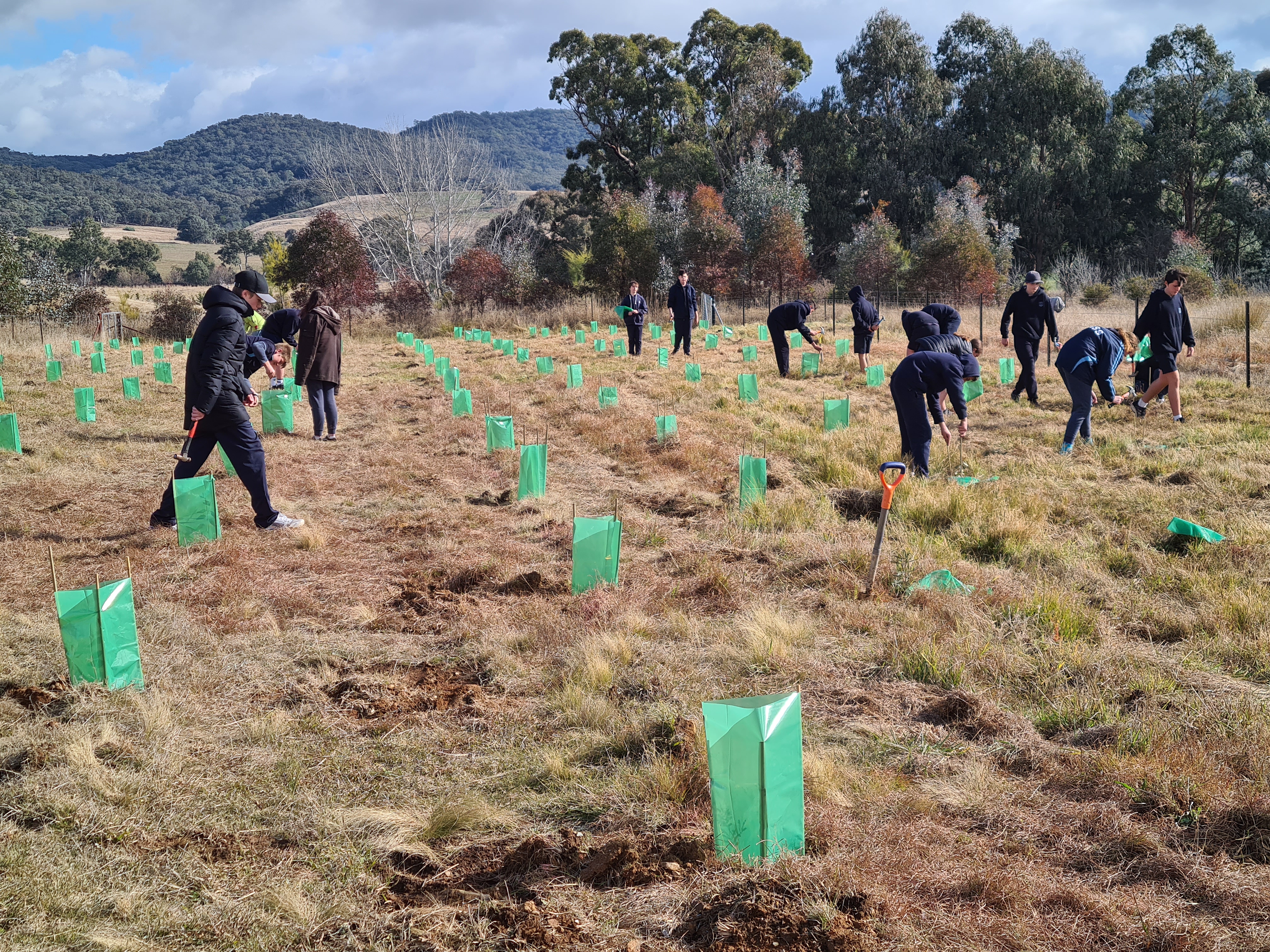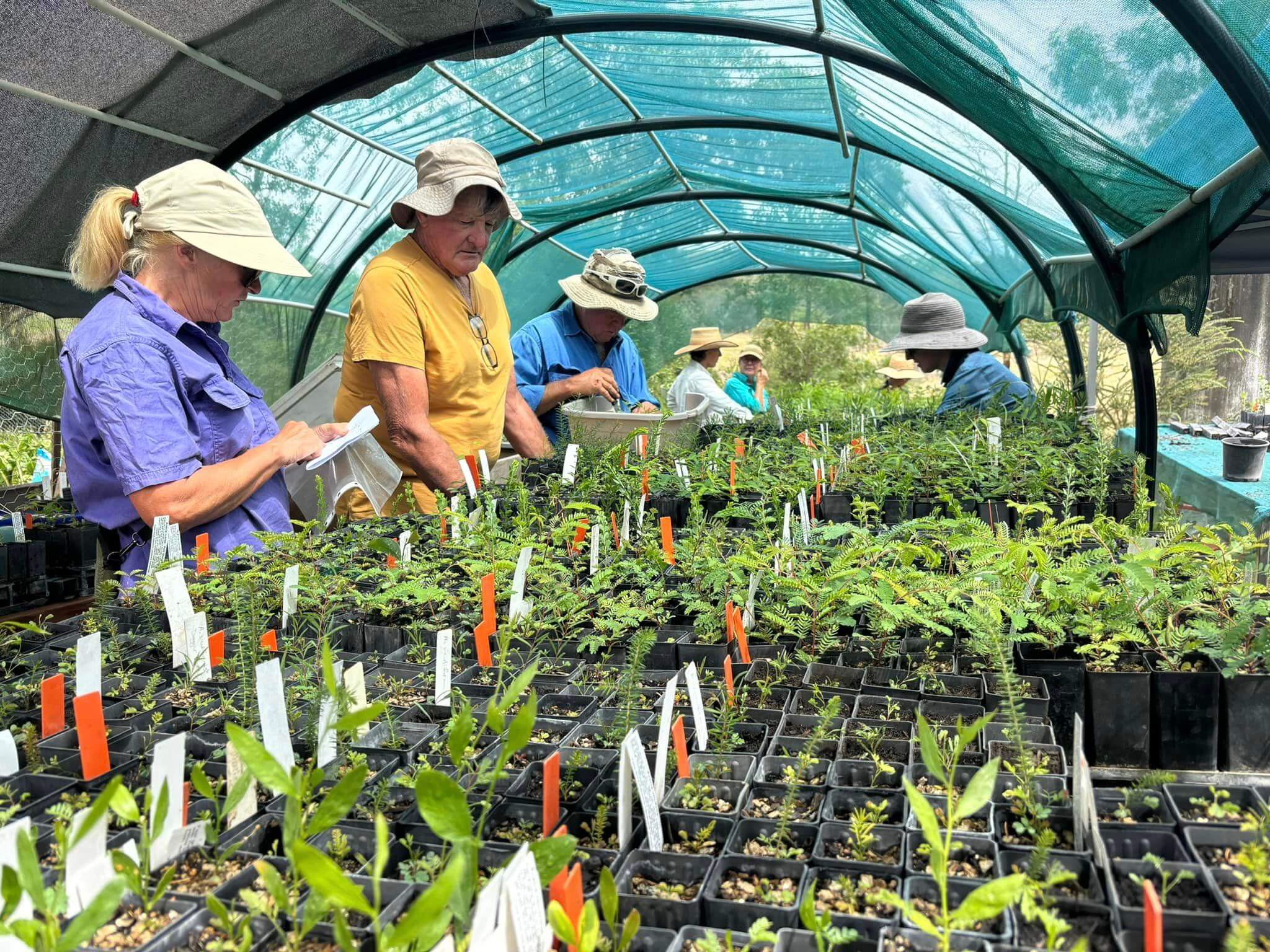About this case study
Biodiversity loss, extreme weather events
Land and water managers, communities
Restore and Renew webtool
When Gillian Hall and her fellow Yass Area Network (YAN) Landcare volunteers began investigating climate-ready revegetation, finding the right species was a labour of love.
We were working manually – downloading spreadsheets, making scatter plots, overlaying climate projections, to determine the local plant species most likely to survive our future climate. Now the Restore and Renew tool does this in a few clicks
Gillian Hall, Yass Area Network of Landcare Groups volunteer
The Yass Valley’s rolling hills and open farmland were once rich eucalypt woodland, cared for by the Ngunnawal and Wiradjuri peoples for tens of thousands of years.
Today, the landscape is home to one national park, five nature reserves and one state conservation area within one local government area. There’s also numerous endangered and vulnerable flora and fauna species, and a natural environment adapting to climate change.
YAN unites four active Landcare groups to protect and restore the region’s natural environment. Together, they launched the Climate Ready Revegetation Project in 2018.
“We wanted our nurseries to supply the best plants – those that would survive in a future, hotter climate,” Gillian says.
The challenge of climate-ready planting
In 2019, YAN members worked with Macquarie University’s Dr. Nola Hancock, lead author of the Climate Ready Revegetation Guide. With Dr Hancock’s guidance, and using climate data provided by the NSW Government, YAN began selecting local species with the best chance of surviving climate change to grow in its volunteer-run Landcare nurseries.
Rather than relying solely on local provenance – which can limit genetic diversity – YAN sourced seeds from multiple provenances, including hotter regions.
“We did all the research work manually. It took months – years – to refine our methods and undertake the climate analysis that the Restore and Renew tool can do in a few clicks. And we now have access to genetic information that wasn’t available even a few years ago.”
How Restore and Renew works
Restore and Renew is a free online resource that applies genomic and climate data to guide seed sourcing for restoration projects.
The second version of the tool, developed by the Research Centre for Ecosystem Resilience (ReCER) and the NSW Government, was released in November 2025.
Instead of only relying on local plants for seed, which may lack genetic diversity, Restore and Renew identifies multiple genetically diverse sources, including ‘future climate matched’ sites. “Having climate data and genetic information combined in one tool is incredibly valuable,” says Gillian.
We used to say, ‘Wouldn’t it be great if there was a tool that did this for us?’ Now we have it.
Gillian Hall, Yass Area Network of Landcare Groups volunteer
Science in action
Using the tool, YAN has been able to “sense check” its provenancing strategy with the most up-to-date genetic information, says Sonya Duus, YAN Project Officer. In most cases, this has confirmed that they are on the right track.
“There have been a few species where we have gained insights that can inform our future seed sourcing. For instance, we’ve learnt that the collection area for Hardenbergia violacea should be narrower than we first thought. Whereas for other species, such as Eucalyptus melliodora, our broad sourcing is appropriate.
The webtool identifies genetic collection areas where it’s safe to source plant material for restoration. Genetic collection areas are like ‘local provenance’, but are based on genetic data and real relationships rather than generalisations. Because plants in these areas are already genetically connected (either now or before the landscape was fragmented), using material from within the same area aligns with natural gene flow and avoids problems that may happen when distant populations are mixed.
The simplicity of the user-friendly interface is one of its strengths, Sonya adds. “There is plenty of information out there, but now it’s all in one place. Click a button and ping – there’s the information you need. We look forward to information about even more species being available on this tool soon.”
A model for adaptation and resilience
With funding from the NSW Environmental Trust, YAN’s four nurseries are growing around 15,000 climate-ready tubestock each year, which are distributed to landholders and land managers across the region.
By combining local knowledge with cutting-edge science and advanced tools like Restore and Renew, YAN is giving the Yass Valley’s ecosystems the best chance of thriving in the decades ahead.
Case studies
The Restore and Renew webtool provides simple, science-backed guidance to improve restoration projects across New South Wales. In the Hunter Valley, it is helping to rebuild climate-ready, genetically diverse populations of the River Red Gum.

A community-led exhibition in Lismore challenged human-centred worldviews and revealed how Indigenous Knowledges can guide climate adaptation in profoundly different and powerful ways.

When a eucalypt tree can live for hundreds of years, revegetation programs must look far into the future due to Australia’s rapidly changing climate.

